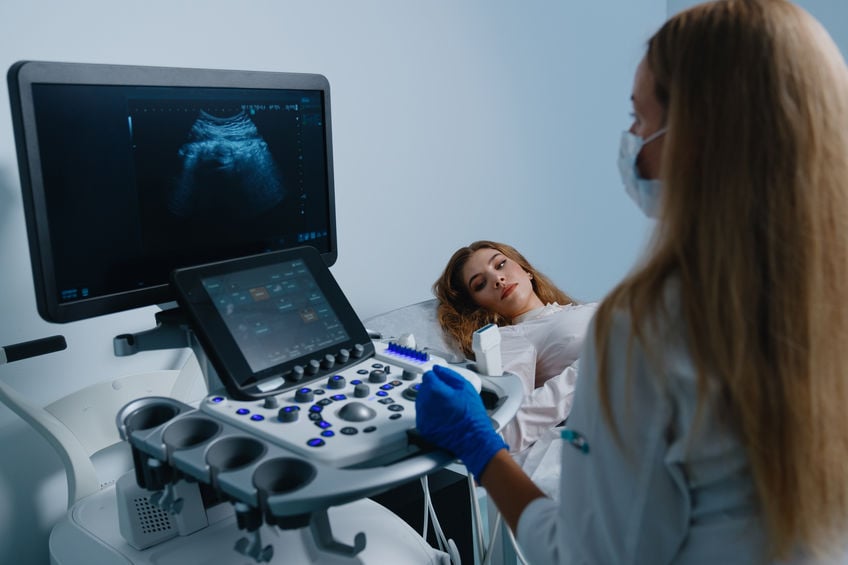Breaking Down Infertility Treatments
For most people learning of infertility, the first thought that comes to mind is in vitro fertilization (IVF). IVF is the process of fertilizing an egg outside of the womb and then reinserting successful embryos into a woman’s uterus. Depending on the couple and any underlying fertility issues present, the egg and sperm will be harvested from the participants. But in some scenarios, donor material is used. But there are multiple fertility treatments available, and IVF accounts for only a few options a couple can consider.

What is IVF-ET?
While IVF refers to the general reproductive therapy procedure, the ET denotes the last assistive step in the process, embryo transfer. IVF is usually referenced in cycles and follows a woman’s menstrual cycle timeline. Eggs are retrieved just before ovulation, tested, and then fertilized with sperm which is traditionally collected on the same day. Once embryos are developed, the material is transferred to a woman’s uterus within three to five days after egg retrieval. Depending on the facility, one or more embryos may be transferred.
FET vs ET
ET refers to available embryo transfer. But if frozen embryos are used either embryos from the couple or a donor, the process is known as frozen embryo transfer (FET). Often, many couples opt to freeze embryos created from a previous IVF round in preparation for future potential pregnancies. In scenarios where a fertility specialist doesn’t transfer multiple embryos to avoid health complications, freezing the additional embryos is often requested.
What is GIFT?
Timing is everything when trying to conceive. And when specific scenarios occur can directly impact the methods used to facilitate conception. In traditional IVF, viable embryos are transferred to a woman’s uterus within three to five days after forming. But with gamete intrafallopian transfer (GIFT), the exchange happens sooner. Instead, the transfer occurs with zygotes, shortly after an egg and sperm are mixed within 24 hours of retrieval and placed directly in a woman’s fallopian tubes. Sometimes GIFT is recommended in patients without success with traditional IVF. Unlike regular IVF, opting for GIFT means fertilization occurs in the body.
Deciding on a reproductive therapy strategy
While multiple reproductive therapy options exist, the proper method will depend on various factors. As evidenced above, deciding on a course of action is often determined by previous fertility outcomes and suitable choices between a fertility specialist and the patients. But, understanding all viable pathways to conception and when one method is preferable to other strategies is essential for creating an effective fertility treatment plan.





